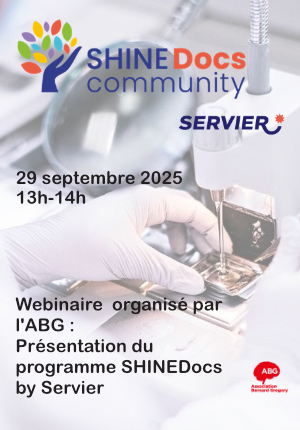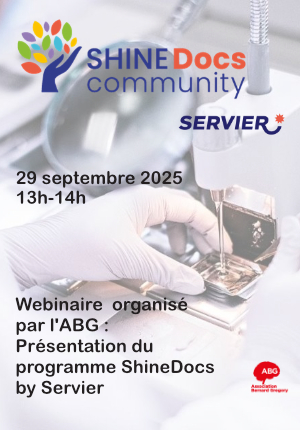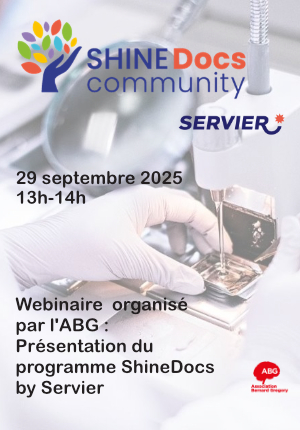Graphene Quantum dots and their enzyme-like properties
| ABG-133442 | Stage master 2 / Ingénieur | 6 mois | 500 |
| 17/09/2025 |
- Chimie
Établissement recruteur
Site web :
Laboratoire Lorrain de Chimie Moléculaire (L2CM) UMR 7053
Le Laboratoire Lorrain de Chimie Moléculaire (L2CM) est une UMR CNRS-Université de Lorraine (UMR 7053) née en Janvier 2018 dirigée par Pr Andreea Pasc qui regroupe environ 70 personnes réparties géographiquement sur Nancy (Faculté des Sciences et Technologies; Campus Brabois Santé) et Metz (Institut de Chimie, Physique et Matériaux).
L'objectif du L2CM est de développer des méthodes de synthèse de molécules et matériaux moléculaires innovants avec des applications vers la physique (catalyse, énergie, luminescence) et la biologie (antibactériens, drug delivery, imagerie). La philosophie du laboratoire est le design de la molécule jusqu’au dispositif ou au système bioactif en s'appuyant sur un ensemble de plateformes de synthèse et de caractérisation. La recherche est menée selon 3 équipes :
Description
Phototherapeutic (PT) strategies, recently established as a breakthrough in photoreactive materials, have become a new trend in the inactivation of pathogenic microorganisms. In recent years, photocatalytic antimicrobial therapy (PCAT) has emerged as an effective and promising antimicrobial strategy. In the PCAT process, photocatalytic materials are excited by different wavelengths of light to produce reactive oxygen species (ROS) or other toxic species to kill various pathogenic microbes, such as bacteria, viruses, fungi, parasites and algae. Graphene quantum dots (GQDs) have low toxicity, stable photoluminescence, excellent biocompatibility, and chemical inertness. GQDs with antioxidant activity can produce ROS under visible light irradiation. Moreover, GQDs surfaces can be easily modified due to their abundant functional groups. Functionalised GQDs with high light absorption and flexibility are attractive for use in PTT. However, a new modification strategy is needed that utilises the synergistic actions of PDT and PTT for use in antimicrobial applications.
Your main mission:
- Synthesis of graphene quantum dots derivatives.
- Characterization of their photophysical properties.
- Study the mechanism of the catalytic activities.
Profil
Candidate profile: The candidate must have a sound knowledge of materials chemistry, analytical chemistry and standard characterization techniques (NMR, mass, IR) as well as photo-physical techniques (UV-vis spectroscopy, fluorescence, DLS). Applications from students in their 2nd year of a Masters or 3rd year of an engineering school are welcome. For international candidates, knowledge of English or French is required.
Prise de fonction
Vous avez déjà un compte ?
Nouvel utilisateur ?
Vous souhaitez recevoir nos infolettres ?
Découvrez nos adhérents
 PhDOOC
PhDOOC  MabDesign
MabDesign  TotalEnergies
TotalEnergies  Aérocentre, Pôle d'excellence régional
Aérocentre, Pôle d'excellence régional  Généthon
Généthon  ASNR - Autorité de sûreté nucléaire et de radioprotection - Siège
ASNR - Autorité de sûreté nucléaire et de radioprotection - Siège  Institut Sup'biotech de Paris
Institut Sup'biotech de Paris  SUEZ
SUEZ  Ifremer
Ifremer 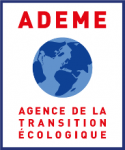 ADEME
ADEME  CESI
CESI  CASDEN
CASDEN  MabDesign
MabDesign  Nokia Bell Labs France
Nokia Bell Labs France  Tecknowmetrix
Tecknowmetrix  Laboratoire National de Métrologie et d'Essais - LNE
Laboratoire National de Métrologie et d'Essais - LNE  ONERA - The French Aerospace Lab
ONERA - The French Aerospace Lab  Groupe AFNOR - Association française de normalisation
Groupe AFNOR - Association française de normalisation 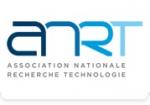 ANRT
ANRT

